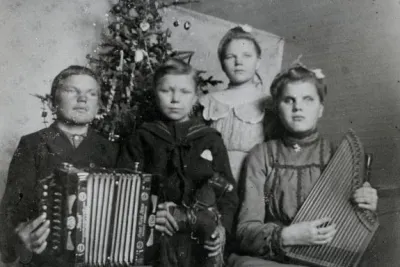Historical Thinking
Materials packaged in the "For Young Historians" section of this website incorporate “historical thinking” concepts, to engage young visitors and to encourage critical thinking in order to enrich the learning experience, while using Saskatchewan Archives’ primary sources online.
In their publication The Big Six Historical Thinking Concepts, authors Peter Seixas and Tom Morton suggest a model of historical education which blends theory and practice through examination of history using their "Big Six" historical thinking concepts:
- Historical Significance: How do we decide what is important to learn about the past?
- Evidence: How do we know what we know about the past?
- Continuity and Change: How can we make sense of the complex flows of history?
- Cause and Consequence: Why do events happen, and what are their impacts?
- Historical Perspectives: How can we better understand the people of the past?
- The Ethical Dimension: How can history helps us live in the present? 1
For more information about "The Big Six" historical thinking concepts and how they can be used to encourage historical thinking, visit http://www.historicalthinking.ca/.
1 Peter Seixas and Tom Morton, The Big Six Historical Thinking Concepts (Toronto: Nelson Education Ltd., 2013), 10-11.

The John P. Swedberg family of Marchwell, celebrating their first Christmas in Saskatchewan after emigrating from Minnesota, 1903. PAS Photo R-A4808